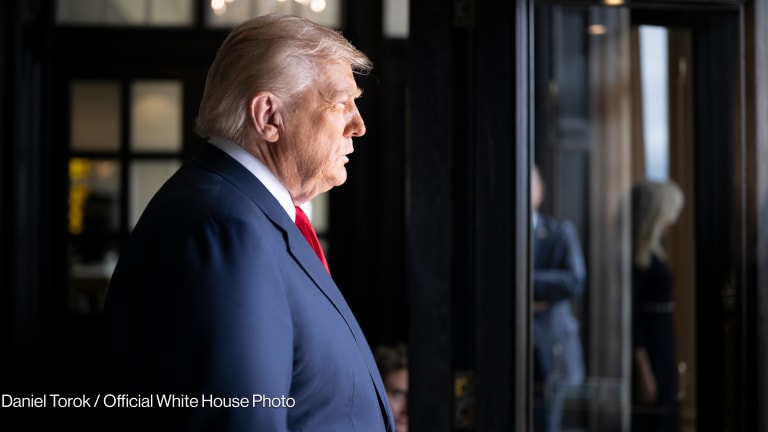In October 2024, the World Bank approved a new fund for Ukraine. On Dec. 10, just weeks before the Trump administration took office, the United States transferred a $20 billion loan in support of Ukraine into this fund.
Russia — not the U.S. — is covering the cost of this contribution through a plan among the Group of Seven advanced economies to use the interest from Russia’s frozen central bank assets to provide $50 billion in loans for Ukraine. The unprecedented effort forces Russia to pay for its illegal full-scale invasion, launched three years ago today.
On Dec. 13, three days after the U.S. first announced the loan transfer, the Facilitation of Resources to Invest in Strengthening Ukraine Financial Intermediary Fund, aka the FORTIS Ukraine FIF, approved its first grants to Ukraine, totaling $16 billion. Most of that would help sustain Ukraine’s government administration and services, all under strain from Russian attacks.








